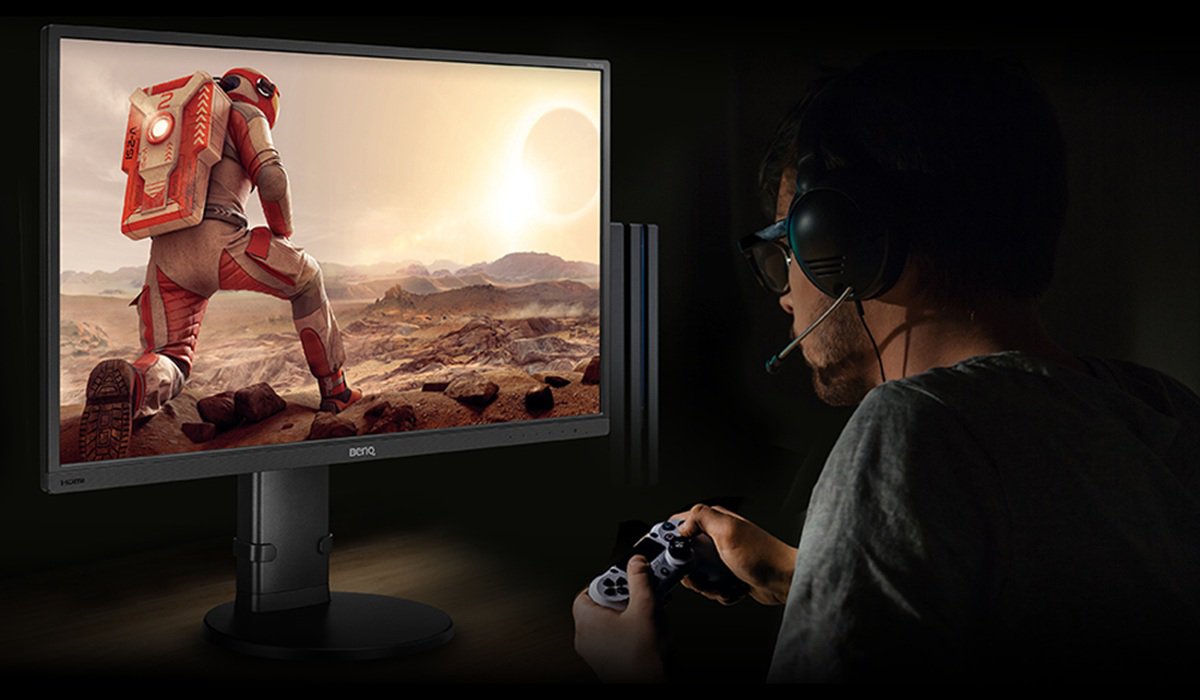Response describes the length of time a given monitor or panel needs to change the properties of each pixel. Since TFT LCDs consist of millions of pixels (or transistors), for example 8.3 million in a 4K monitor, speed is understandably of the essence. Response time tells us how long a monitor needs to turn a pixel from red to green, as an example. The faster, the more responsive the image updates. Faster means smoother display and allows for higher refresh rates.
Monitor manufacturers list GtG response times, or grey to grey. That’s because switching pixels between different shades of grey is a lot quicker than changing among base colors (RGB). That’s not a trick, the number given still provides an excellent indication of monitor speed. GtG response times of under 5ms are OK for gaming, though you really want to be at 1ms. Clearly, a zero isn’t possible with current technology so don’t expect that. Or believe anyone that claims it.
Think of response time like this. You’re playing a first person game and decide to turn left, down an alley. Your monitor gets the data from your PC or console and needs to update the image you see to reflect the new graphics being loaded in. A monitor with 5ms technically does this five times slower than a 1ms screen. Of course, we’re talking about milliseconds so the difference may not be perceptible. But every little bit counts as games by nature need to be responsive, and like we said response time contributes to overall lag or delay.
Different gaming monitor panel types support slightly diverse response times, although advancing technology has helped narrow down gaps. The fastest response occurs on TN panels, which generally are the best for reflex-based gaming. Essentially all TN panels do 1ms these days, which is why they’re the only ones capable of 240Hz refresh rates, as well. VA and IPS panels usually come in at 2ms-5ms but provide better colors and viewing angles. We’ve discussed panel technologies if you want to know more.
TN panels carry out the least pixel processing of the three main panel types, explaining their high speeds. VA and IPS panels have been designed to ensure better colors, but that requires more processing – meaning delays. As the simplest mainstream panel type, TN manages the fastest response times by getting straight to the pixel, so to speak.
Keep in mind that due to physics, the bigger the screen the slower the response time. Likewise, the higher the resolution the slower the response. Bigger means signals have to travel farther from the monitor’s main power and processing sources, and higher resolution means more pixels to update. A big however here, though. Thanks to ever-better technology, current monitors are very good at overcoming these hurdles. In actual terms there’s almost no difference these days between 24” and 32” monitors, and 4K screens perform just as fast as 1080p monitors.
